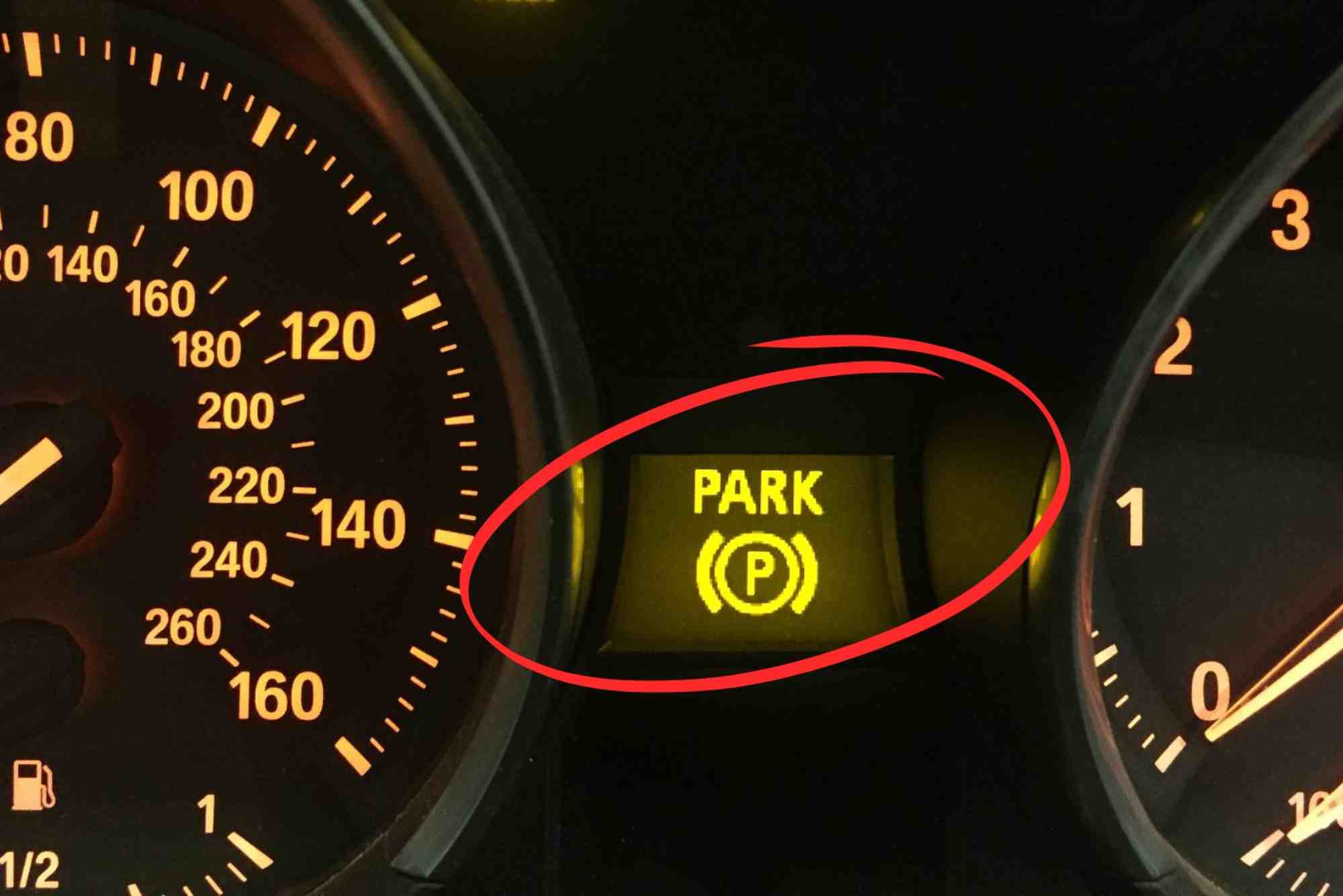What to Do When Your Hand Brake Light Turns On with the Handbrake Off
Seeing the hand brake light on when handbrake off can be confusing and worrying. You expect that warning light to appear only when you pull the parking brake. If it stays on while driving, something isn’t right. This light is more than just a parking brake reminder—it can also signal serious issues with your braking system. Ignoring it could put your safety at risk.
In this article, we’ll explain what this warning means, why it might happen, and what you can do to fix it.
Understanding the Hand Brake Warning Light
Your hand brake light is part of your car’s braking system warning system. Its main job is to remind you when the parking brake is engaged. However, in most vehicles, it’s also linked to sensors that detect brake fluid level, hydraulic pressure, and sometimes ABS faults.
When the light comes on even with the handbrake released, the system is telling you there’s a potential problem that needs attention.
Common Reasons for the Hand Brake Light Staying On
Low Brake Fluid Level
One of the most common reasons for the hand brake light on when handbrake off is low brake fluid. Brake fluid transfers the force from your pedal to the brake pads. If the fluid drops below a safe level, braking performance suffers. This can happen due to worn brake pads, small leaks, or lack of maintenance.
Faulty Brake Fluid Sensor
Your brake fluid reservoir has a sensor that detects low levels. If the sensor malfunctions, it may trigger the warning light even when fluid is full.
Worn Brake Pads
As brake pads wear, the brake fluid in the master cylinder can drop slightly because the caliper pistons extend further. This can cause the light to turn on unexpectedly.
Faulty Handbrake Switch
The handbrake lever has a small switch that tells the car whether the brake is on or off. If this switch fails or gets stuck, it might send the wrong signal.
Hydraulic System Issues
Problems within the hydraulic system—such as air bubbles, leaks, or master cylinder faults—can trigger the warning.
ABS or Electronic Brake Control Fault
In some cars, the hand brake warning light also doubles as a general brake warning. If your ABS or electronic brake control system detects a fault, it could activate the same light.
How to Diagnose the Problem
Check the Brake Fluid Level
Park on level ground, pop the hood, and locate the brake fluid reservoir. Ensure the fluid is between the MIN and MAX marks.
Inspect for Leaks
Look under the car and around the brake components for any signs of fluid leaks.
Test the Handbrake Switch
Gently move the handbrake lever up and down to see if the light flickers. If it does, the switch may need adjustment or replacement.
Listen for Unusual Noises
Grinding, squealing, or spongy brake pedal feel can indicate worn pads or air in the system.
Why You Shouldn’t Ignore the Warning
Driving with the hand brake light on when handbrake off can be dangerous. It might mean your braking system isn’t working at full capacity. If brake fluid is low, air can enter the system, leading to brake failure. If it’s a hydraulic or ABS fault, your stopping power could be seriously compromised.
Fixing the Issue
Top Up Brake Fluid
If the fluid is low, use the type recommended in your vehicle’s manual. However, topping up isn’t a permanent fix—you must find and fix the cause.
Replace Worn Pads
If pads are worn, replacing them will help restore fluid levels and braking performance.
Repair or Replace Faulty Sensors
If a sensor or switch is at fault, it will need cleaning, adjustment, or replacement.
Bleed the Brake System
If air has entered the hydraulic system, bleeding the brakes will remove it and restore proper braking feel.
Preventing the Problem in the Future
Routine maintenance is key to avoiding brake warning issues. Check brake fluid levels regularly, have your brake pads inspected every 10,000–15,000 km, and service your brakes as recommended by your manufacturer.
FAQs
Why is my brake warning light on but the fluid is full?
A faulty brake fluid sensor or handbrake switch may be to blame. Wiring issues can also trigger the light.
Can I drive with the hand brake light on?
It’s risky. The light could mean reduced braking efficiency or an impending brake failure. Get it checked immediately.
How much brake fluid should I add if it’s low?
Fill only to the MAX mark on the reservoir. Overfilling can cause pressure problems.
Does the hand brake light have anything to do with ABS?
In some vehicles, yes. The same light can indicate ABS or electronic brake control issues.
A hand brake light on when handbrake off isn’t something to ignore. While it could be a simple switch issue, it can also signal low brake fluid, worn pads, or hydraulic faults. Your brakes are your car’s most important safety system—treat any warning as urgent.
If your brake warning light stays on, check fluid levels, inspect for leaks, and get your braking system inspected by a professional. This ensures your car remains safe and responsive on the road.



